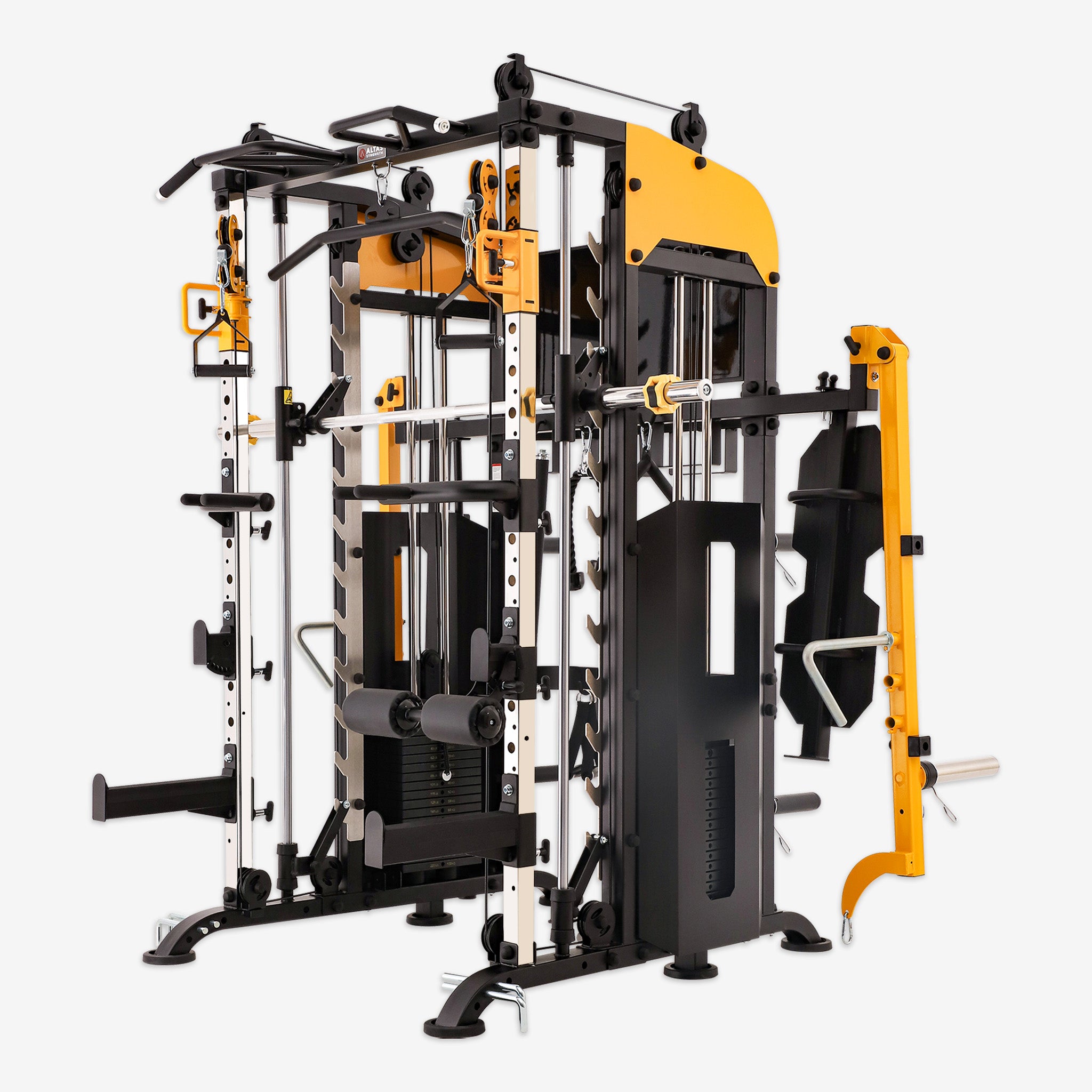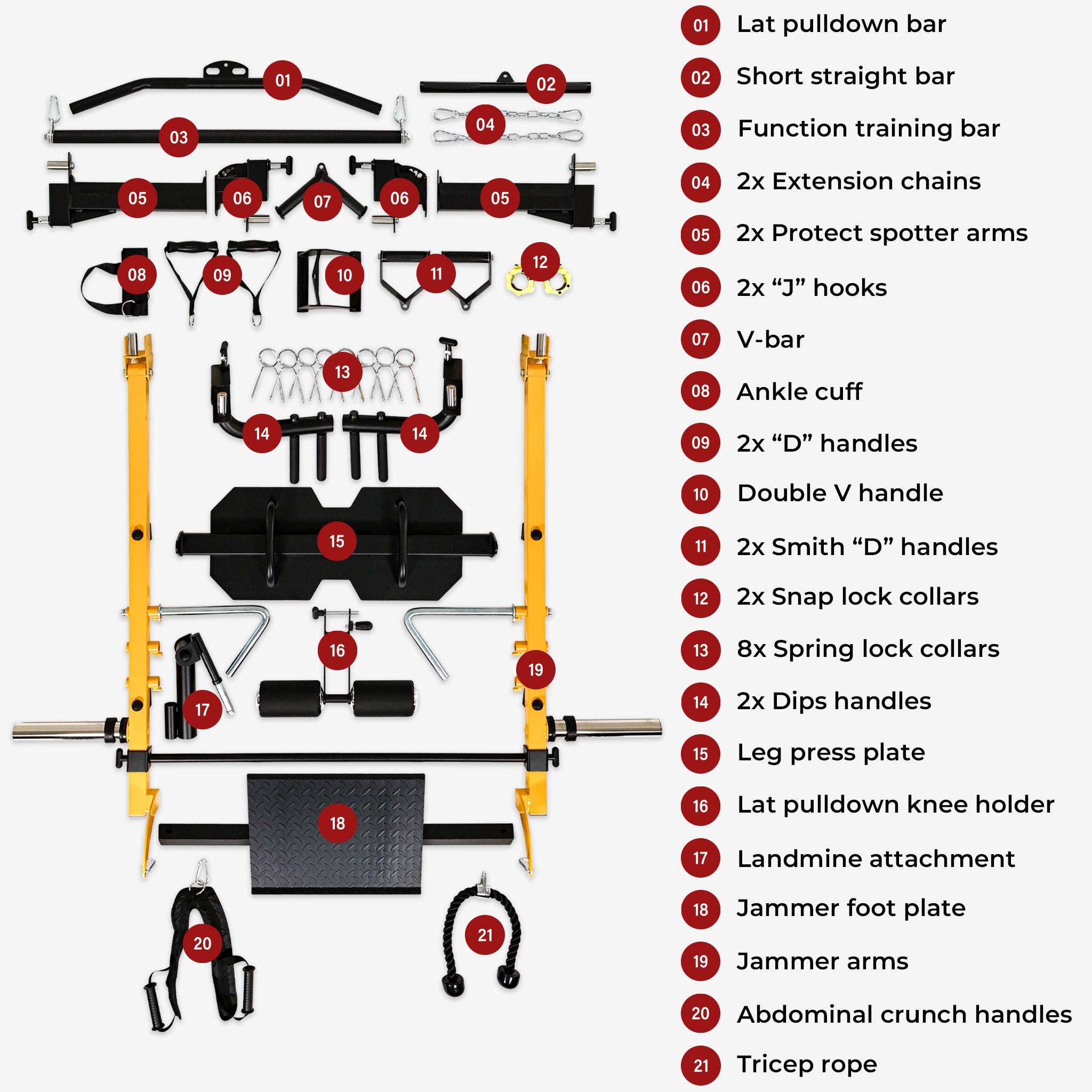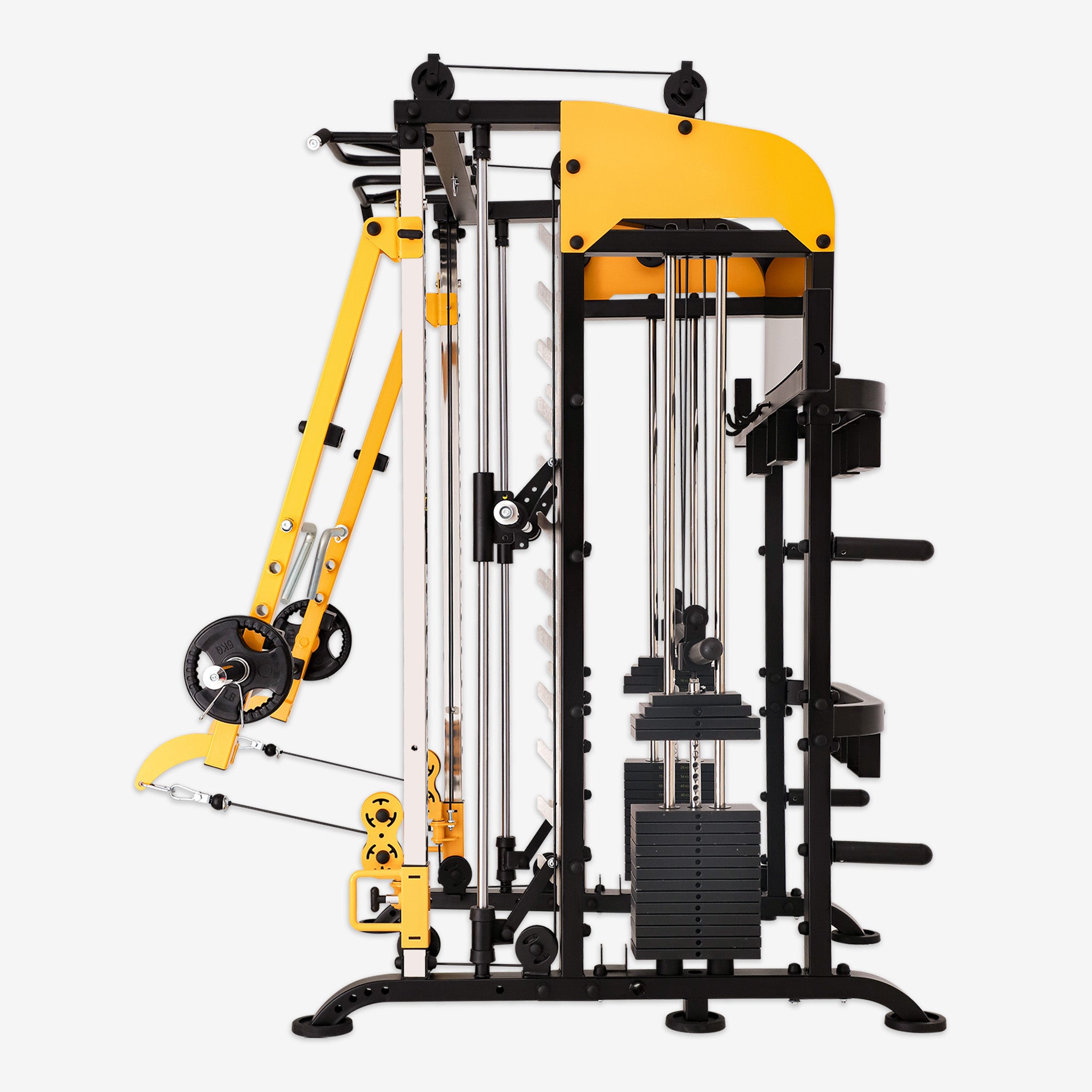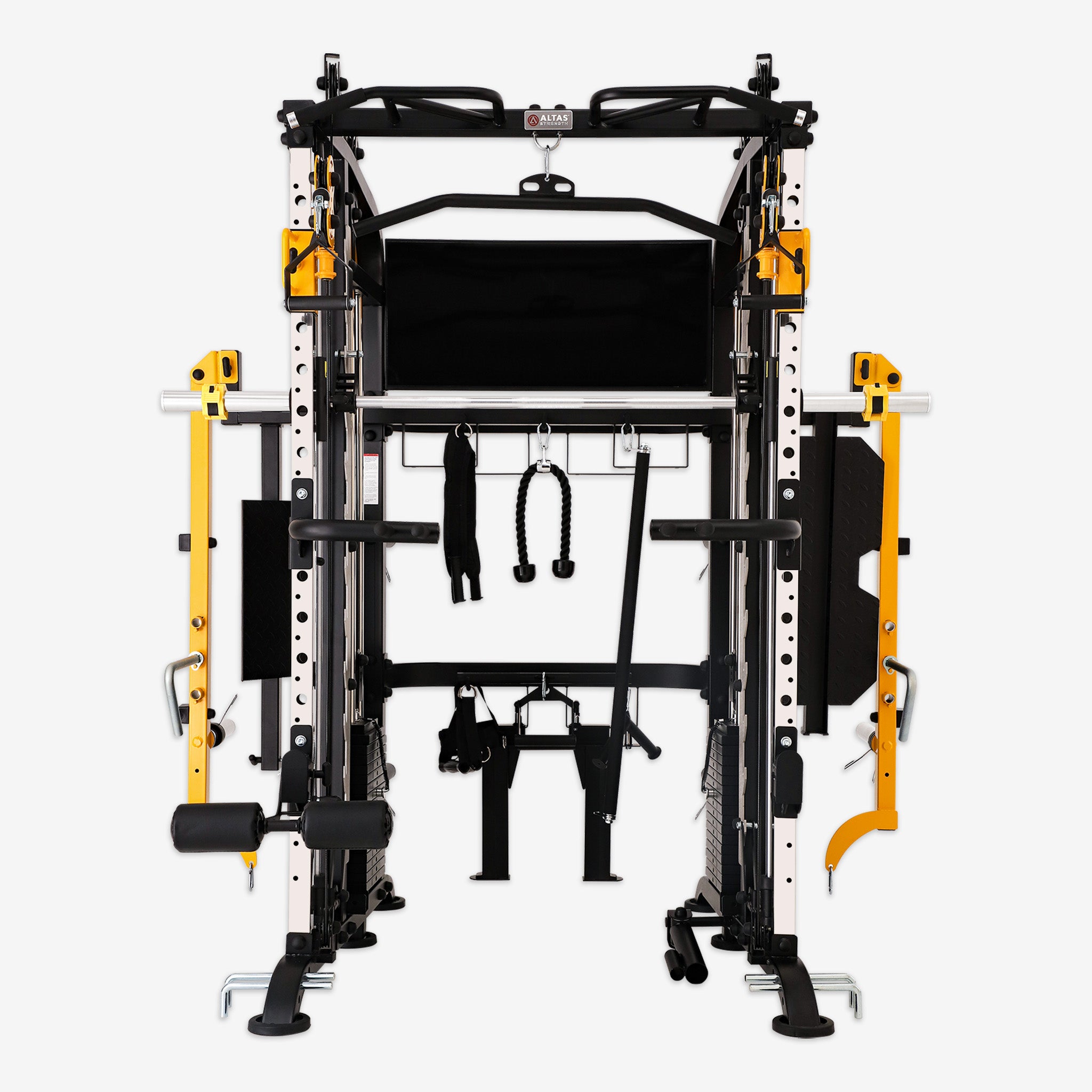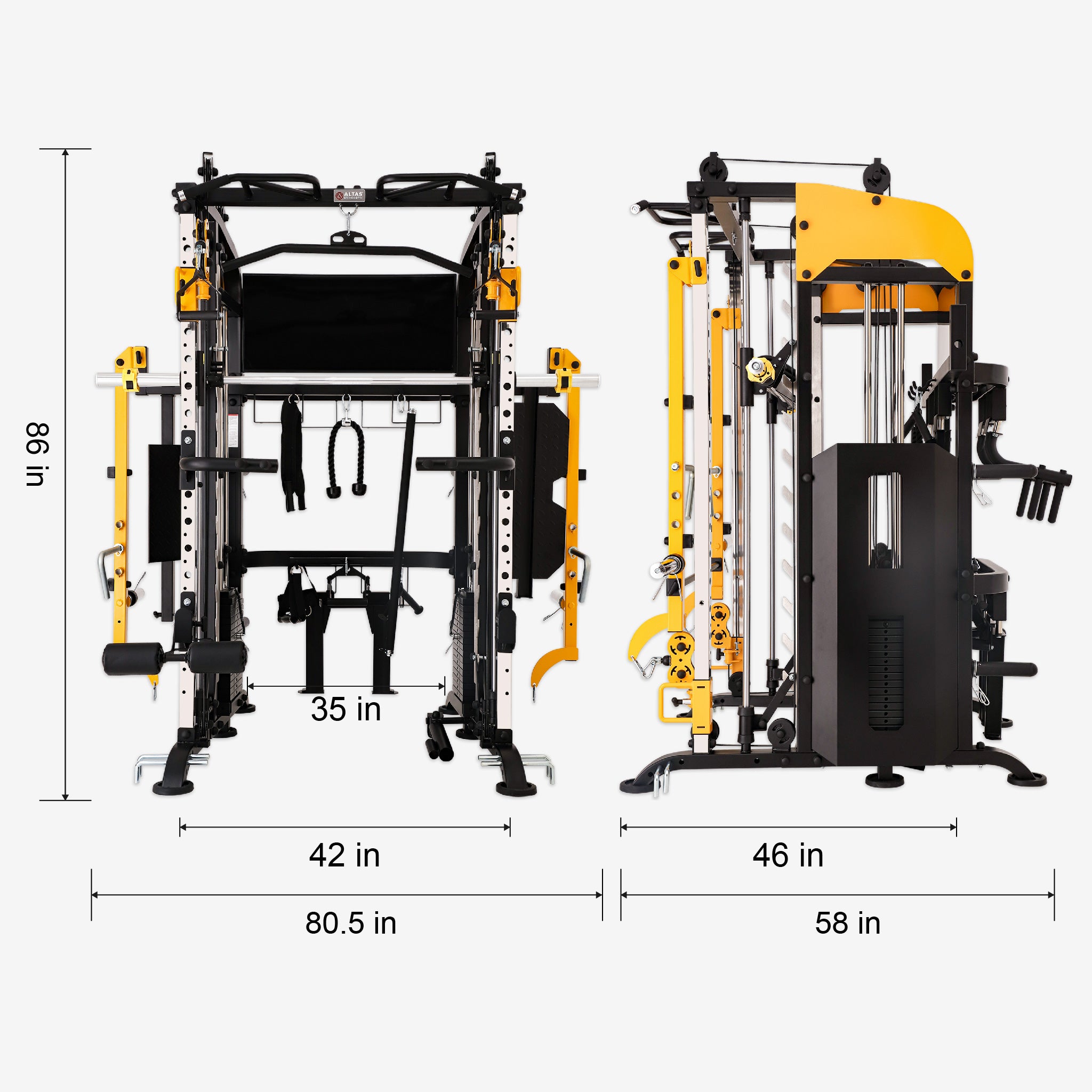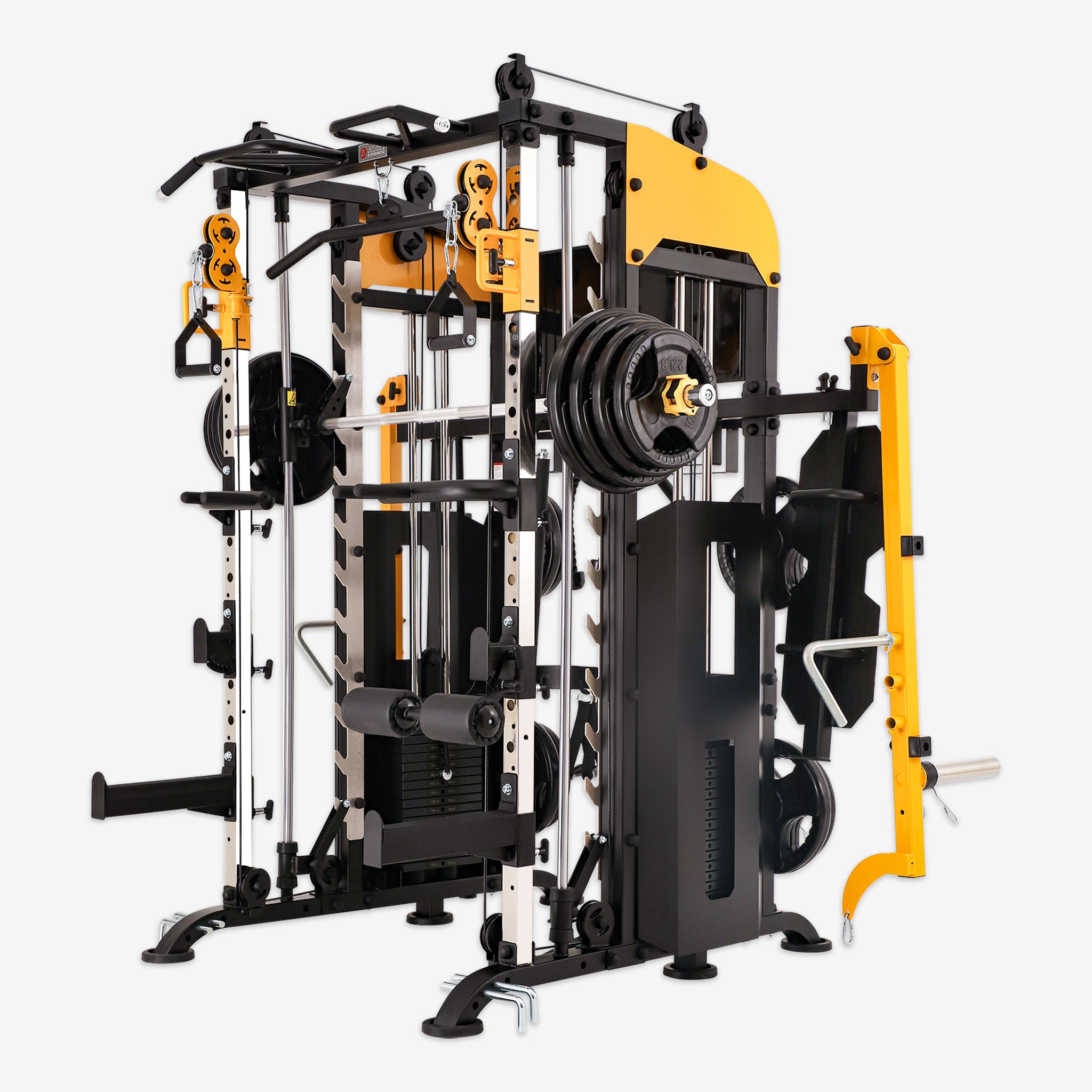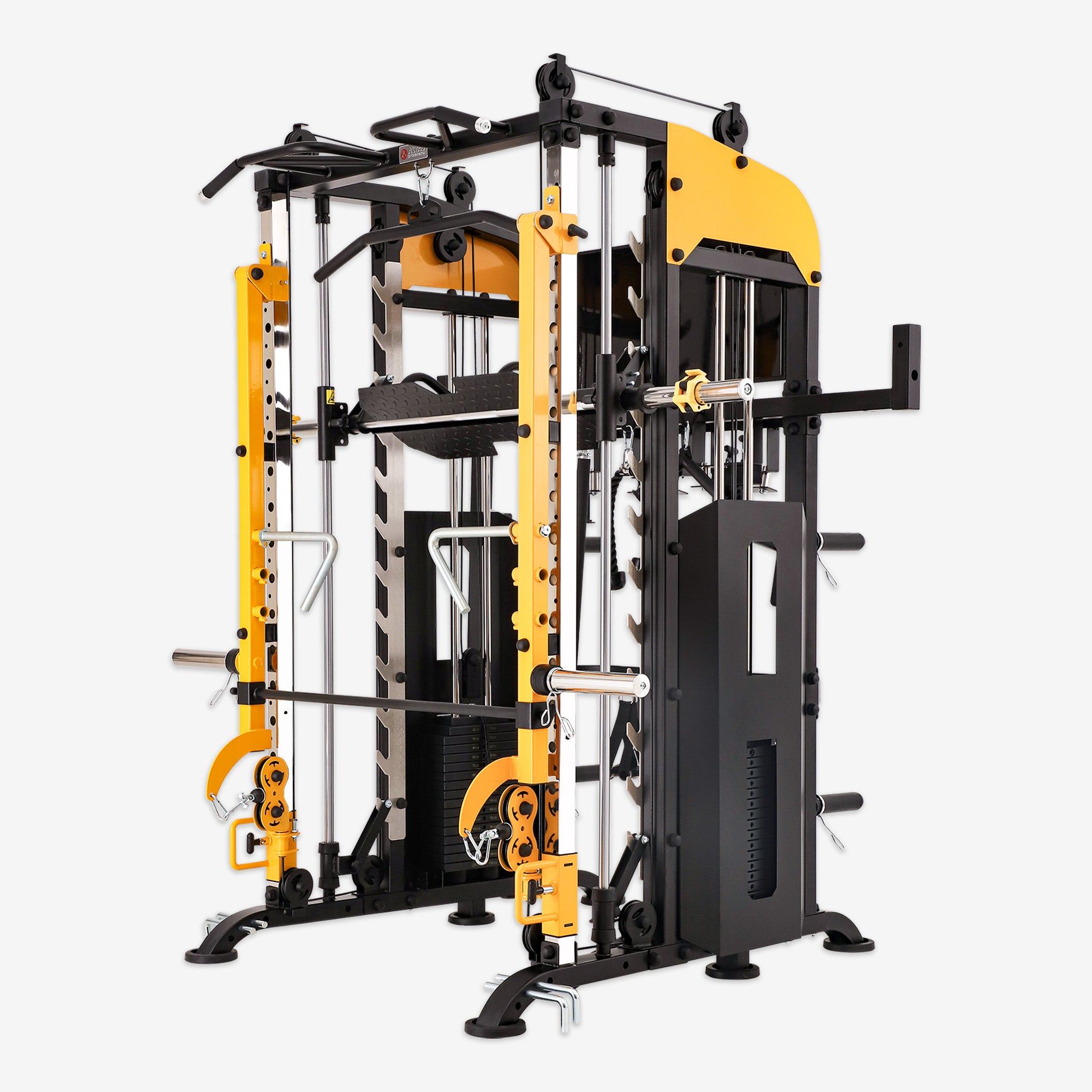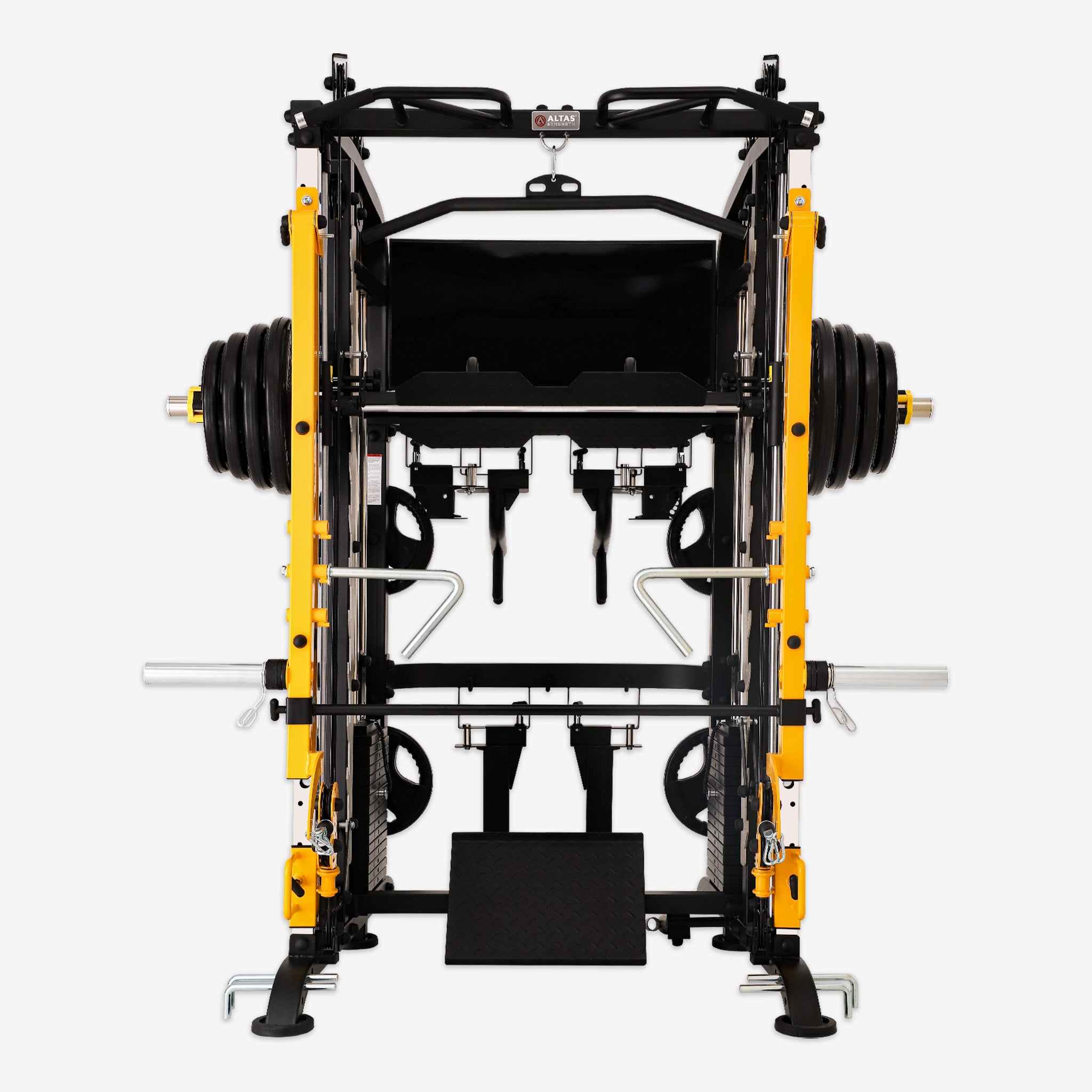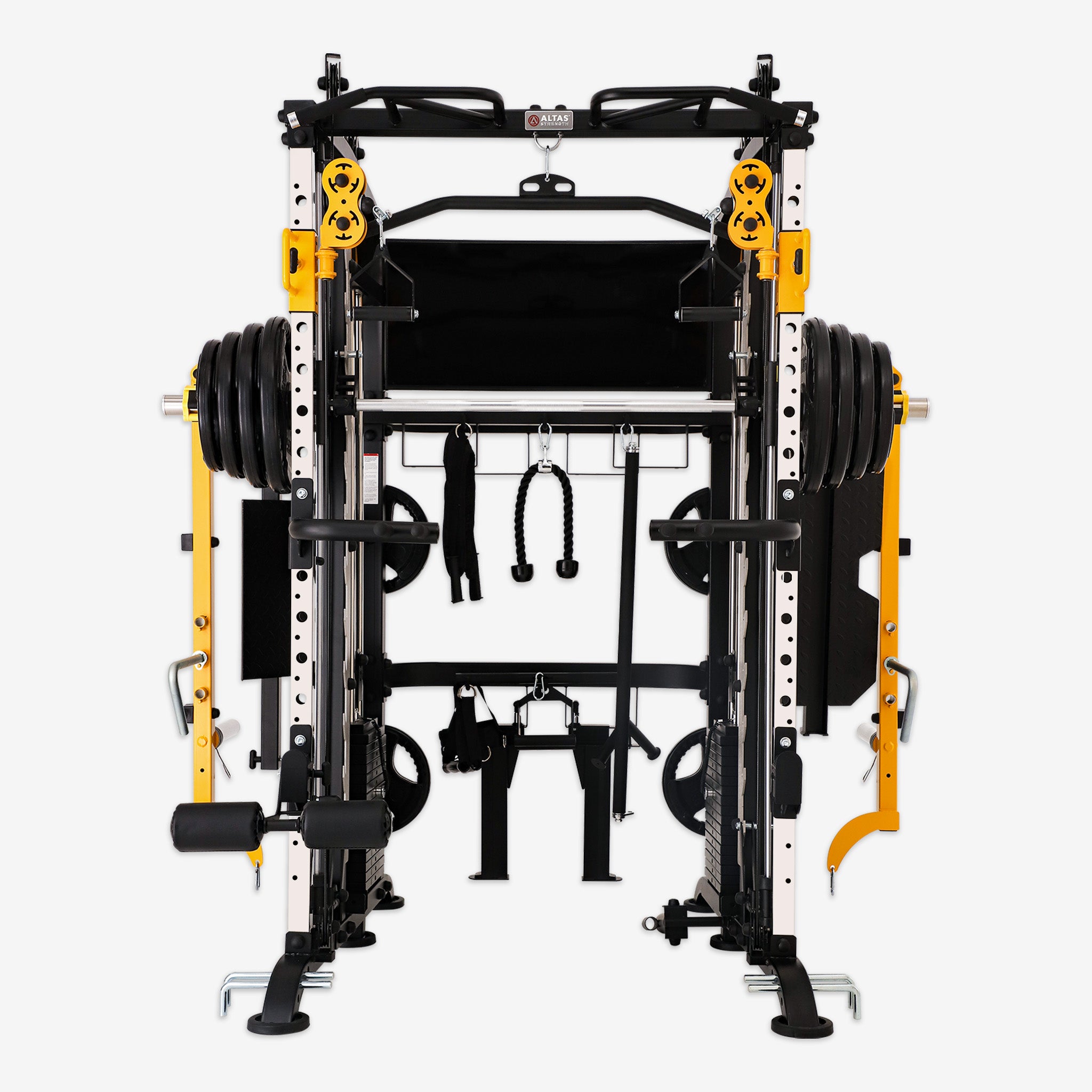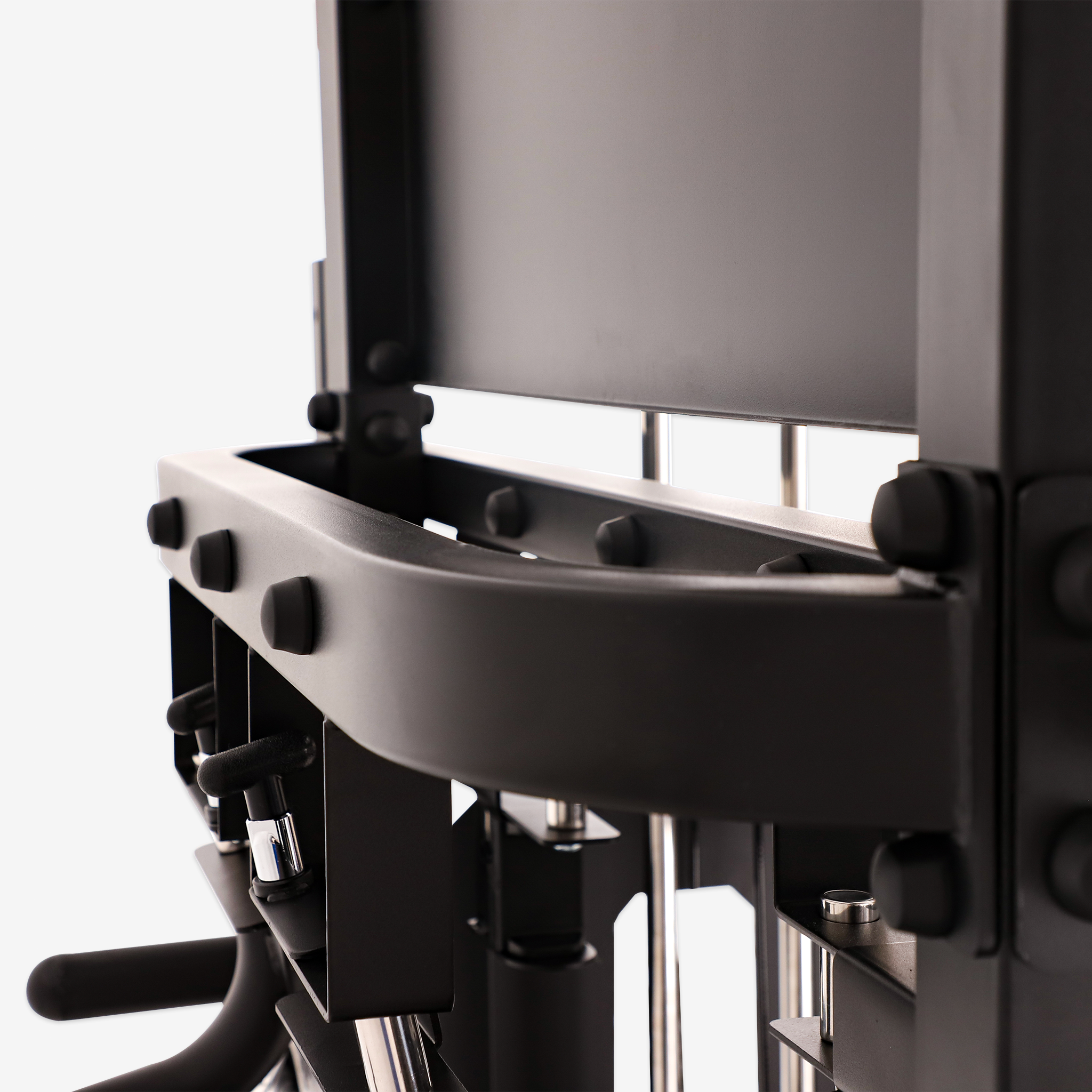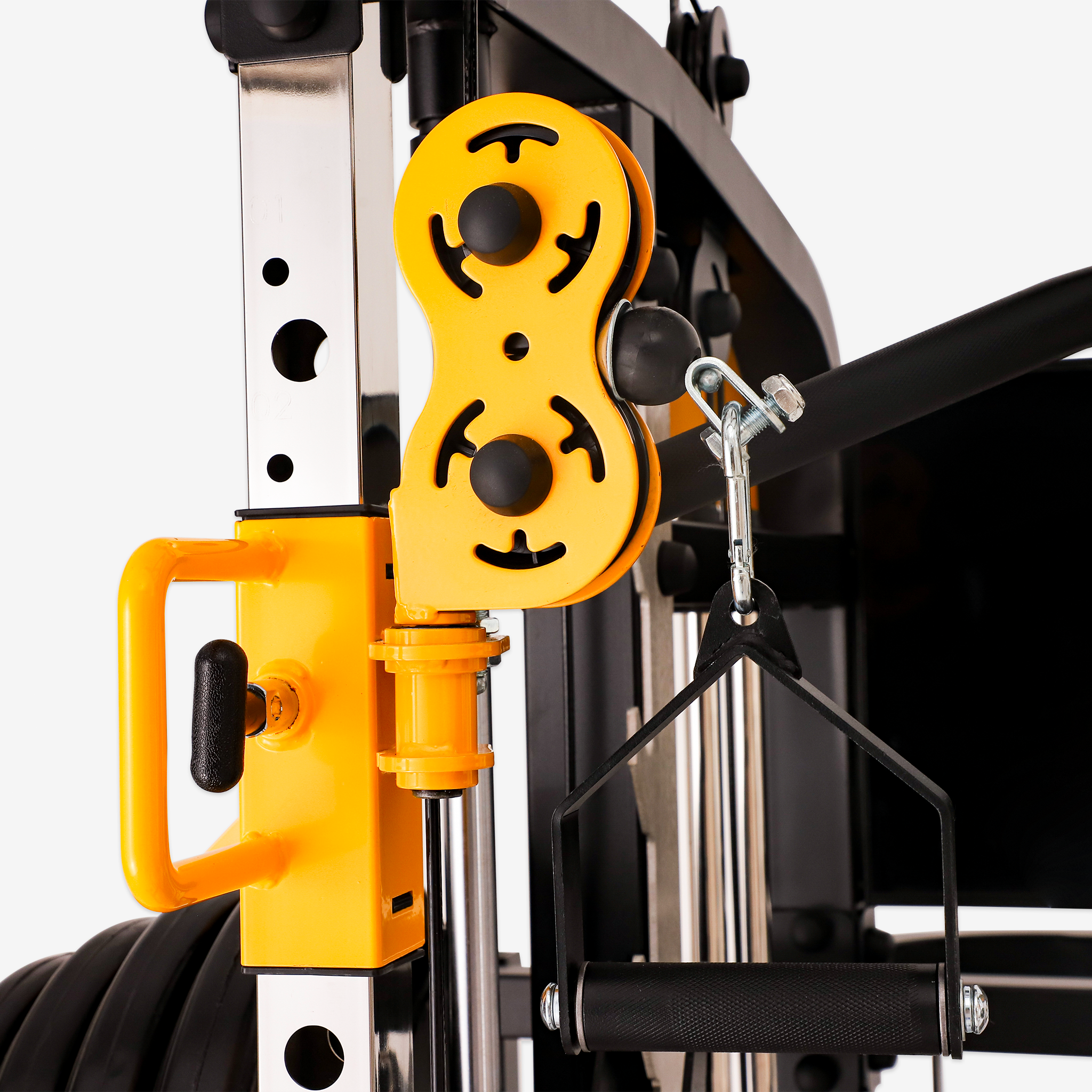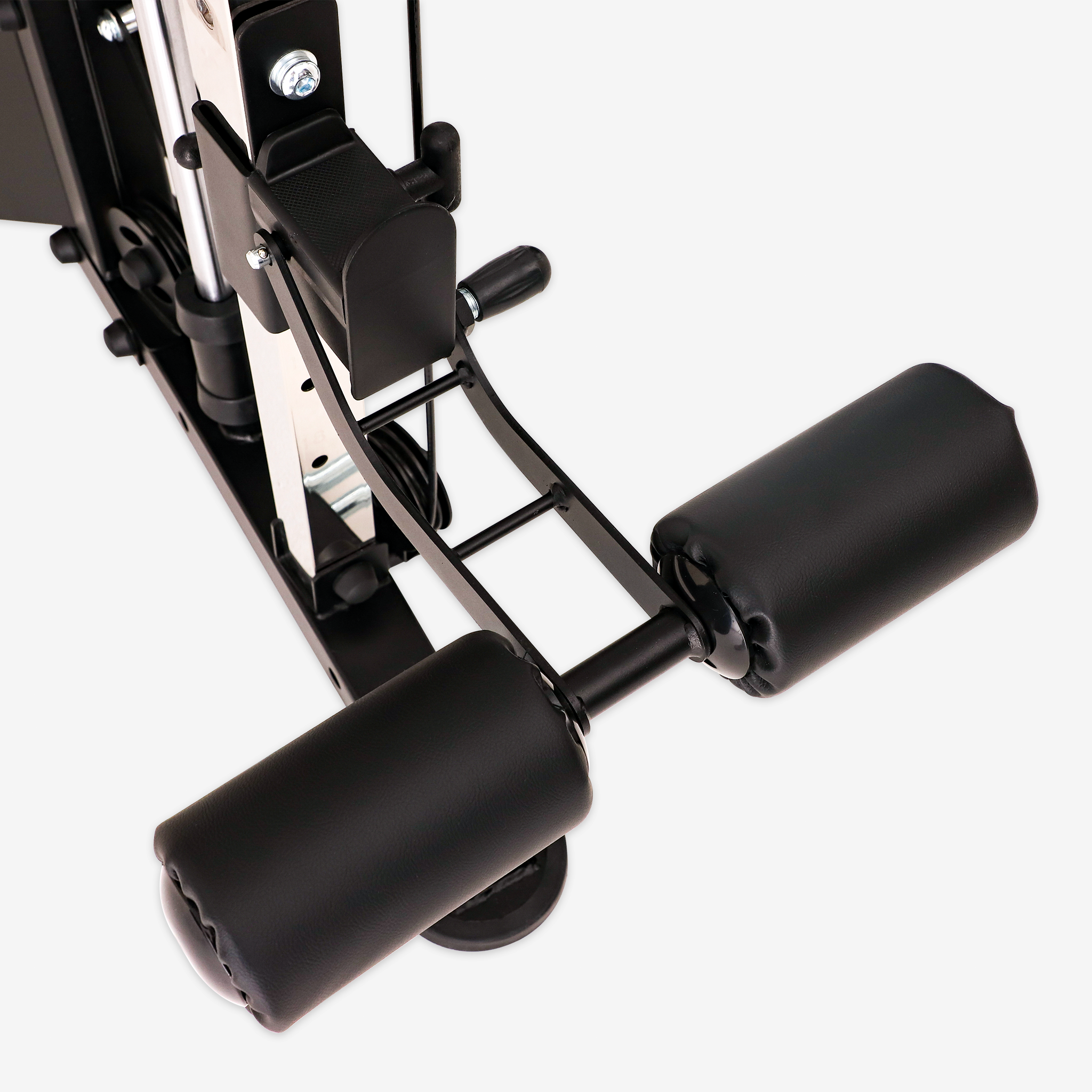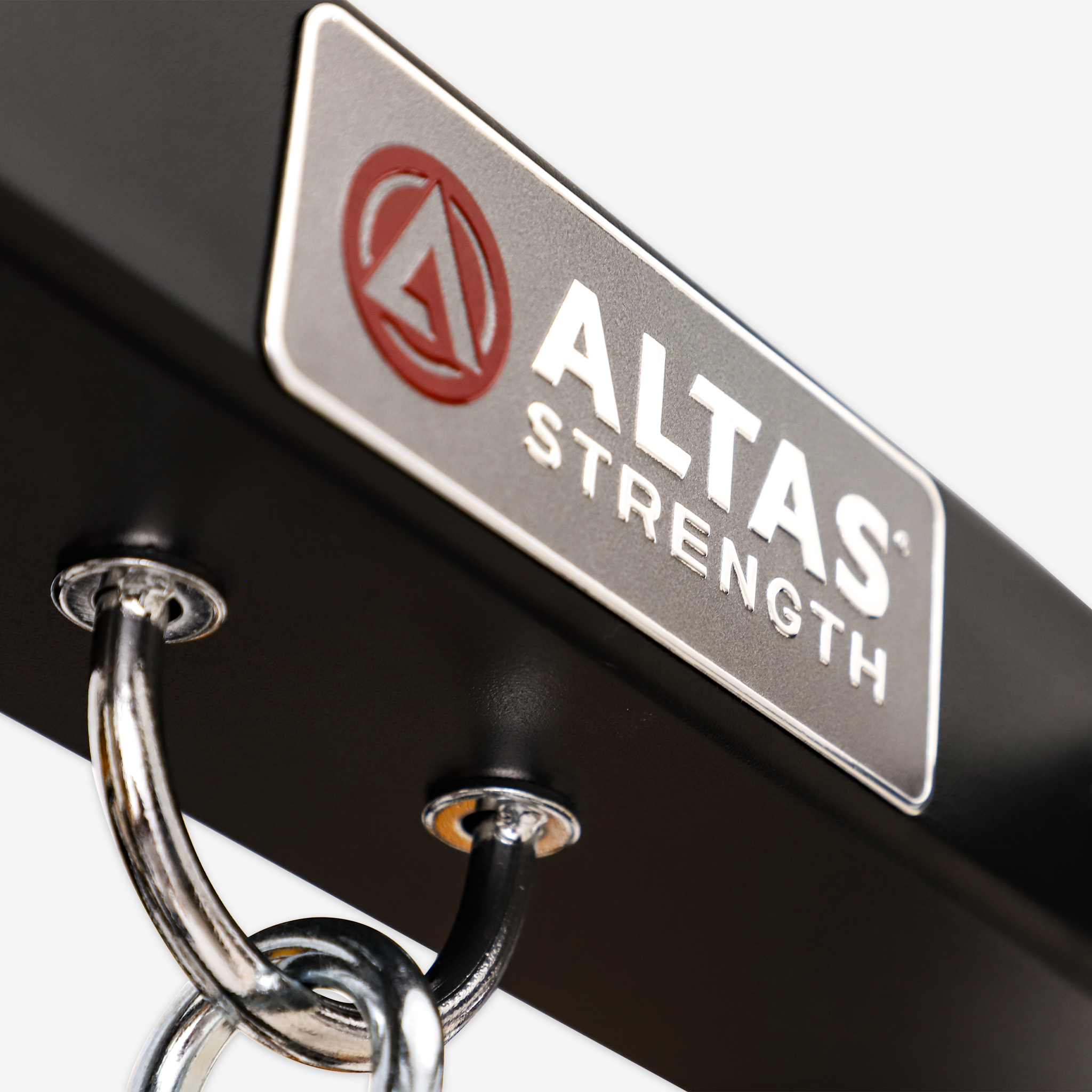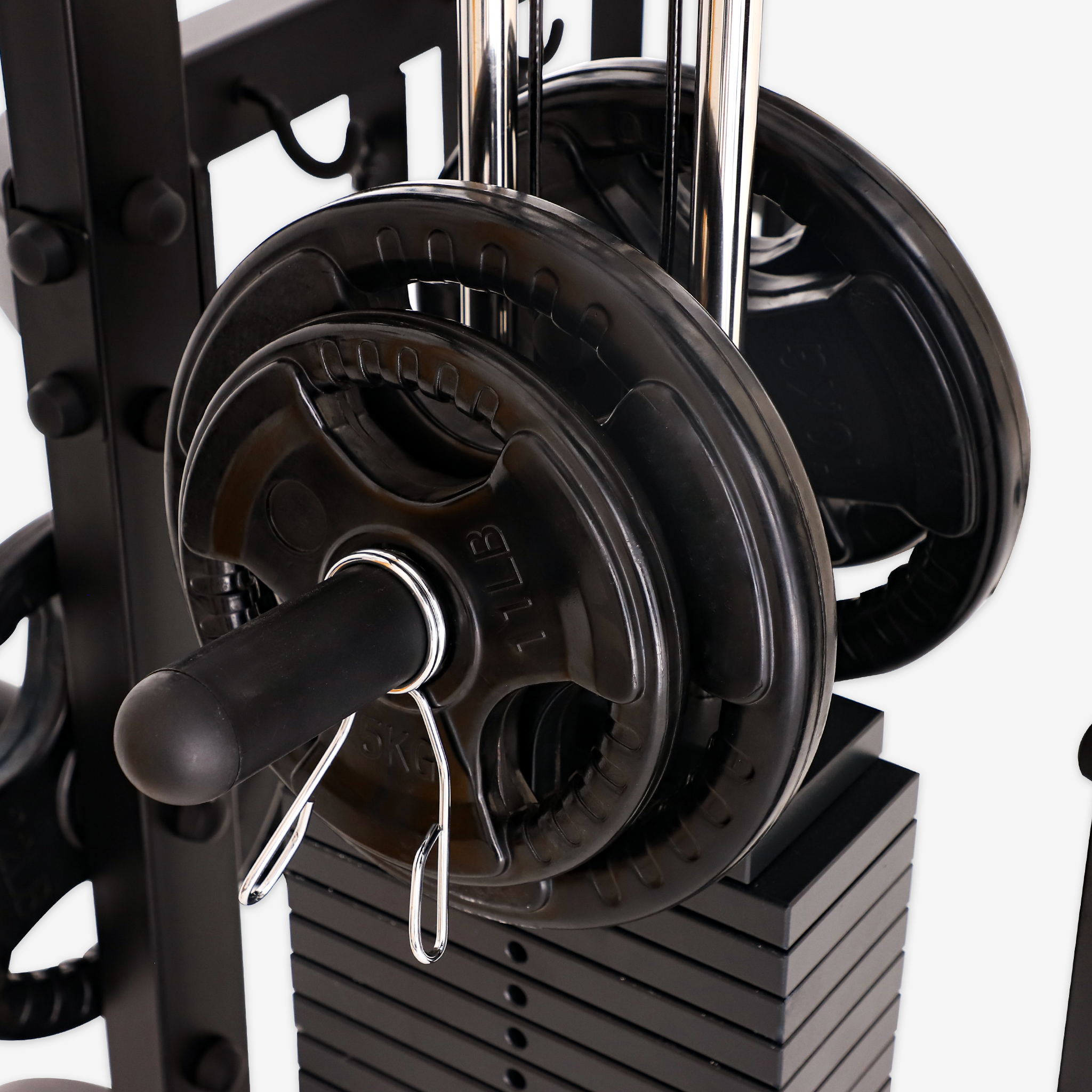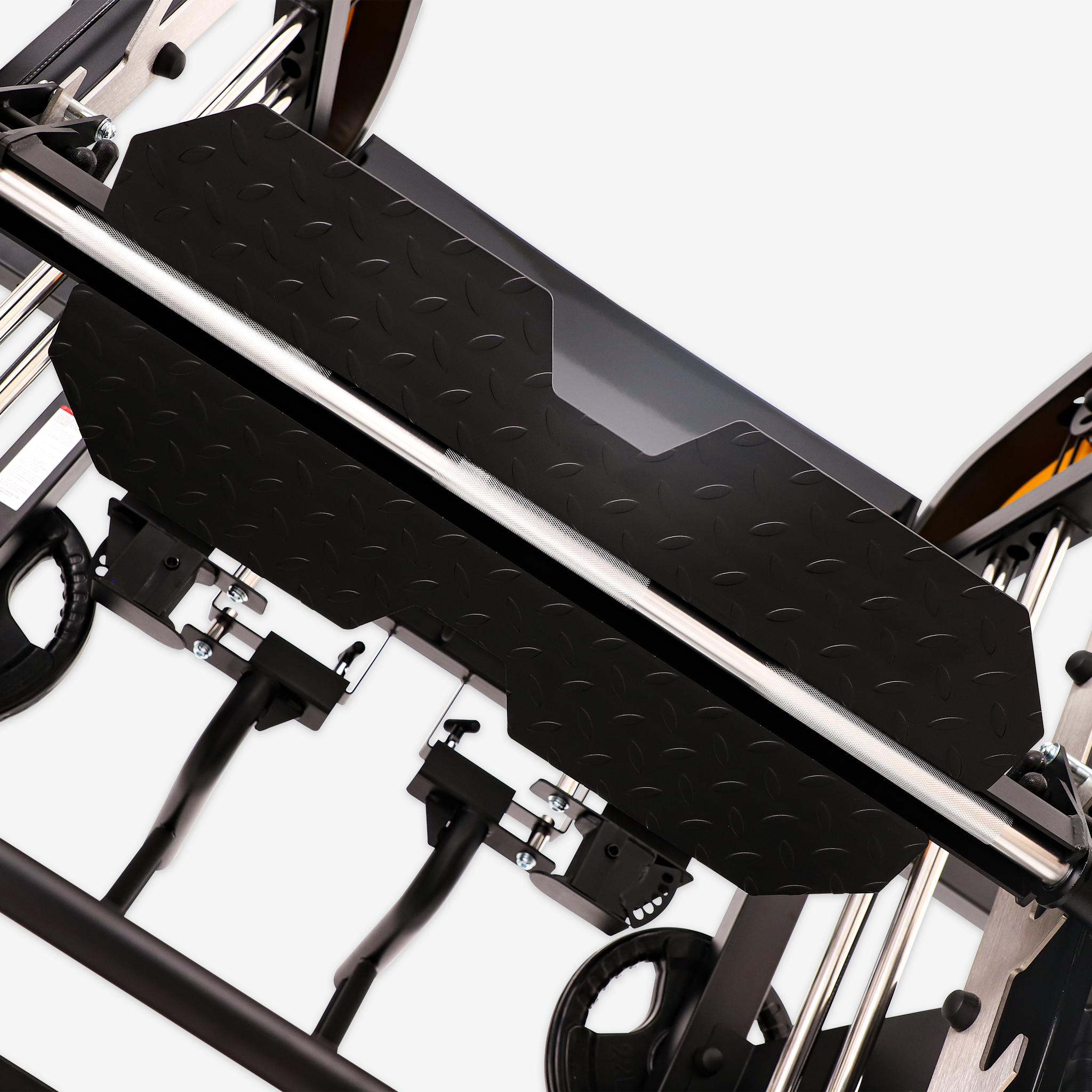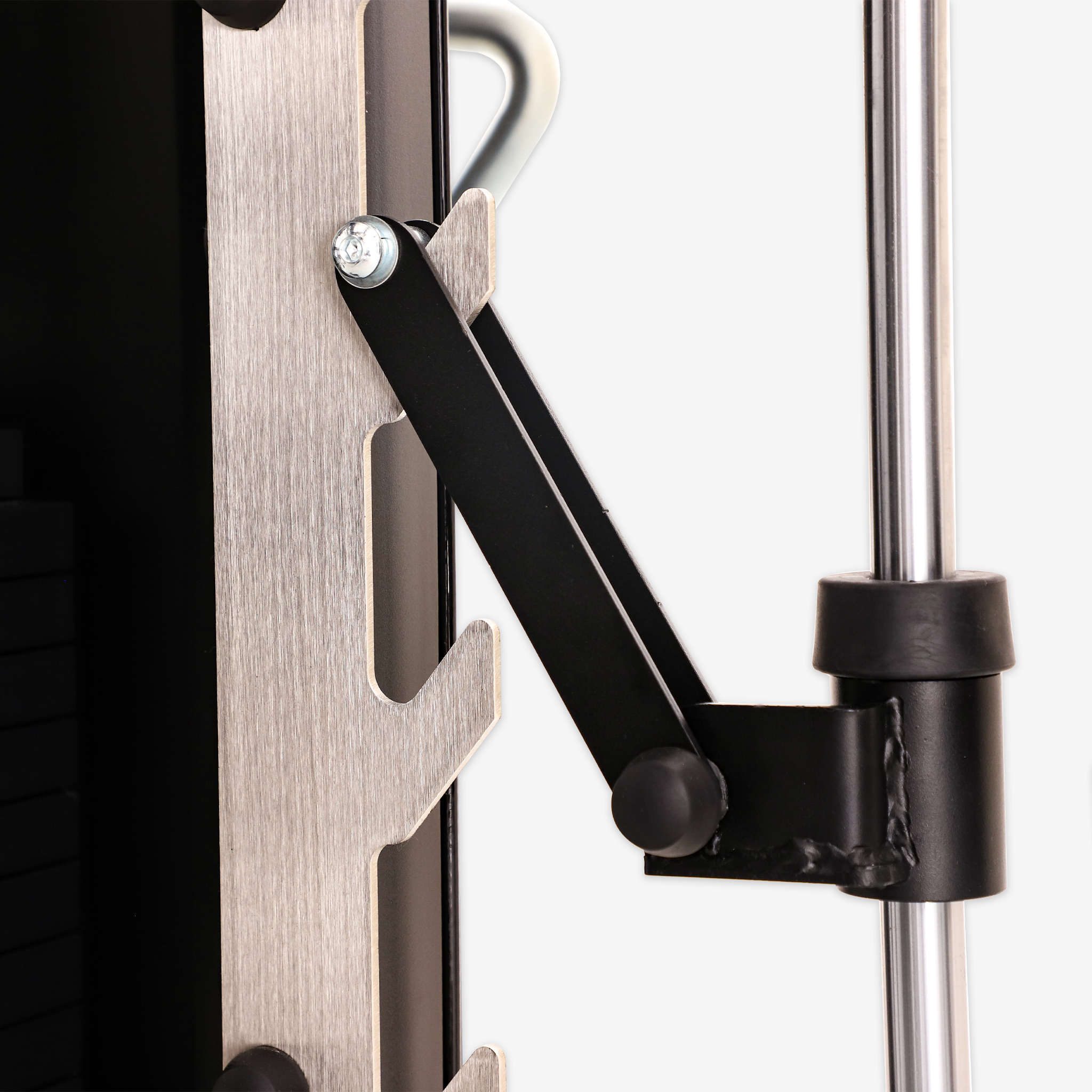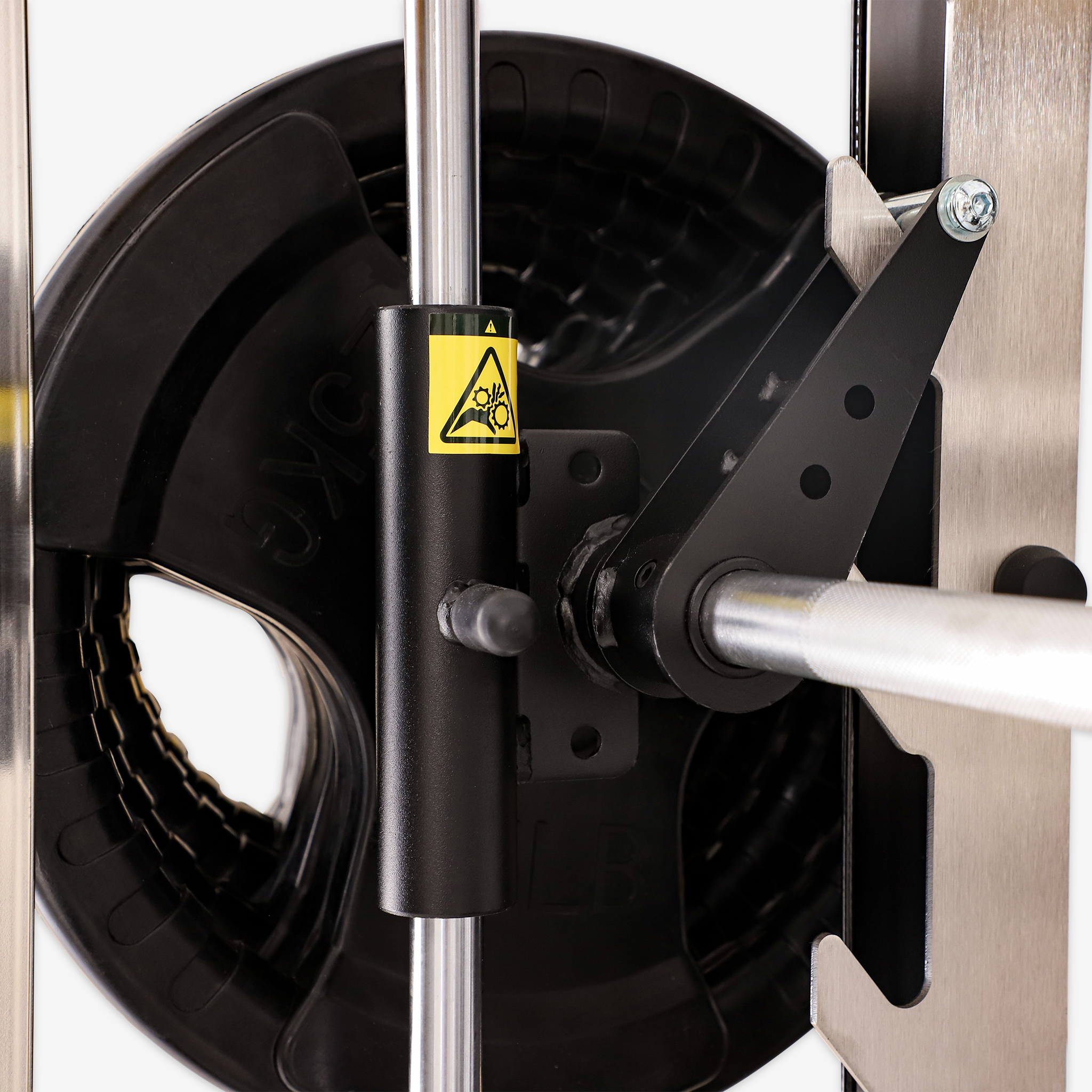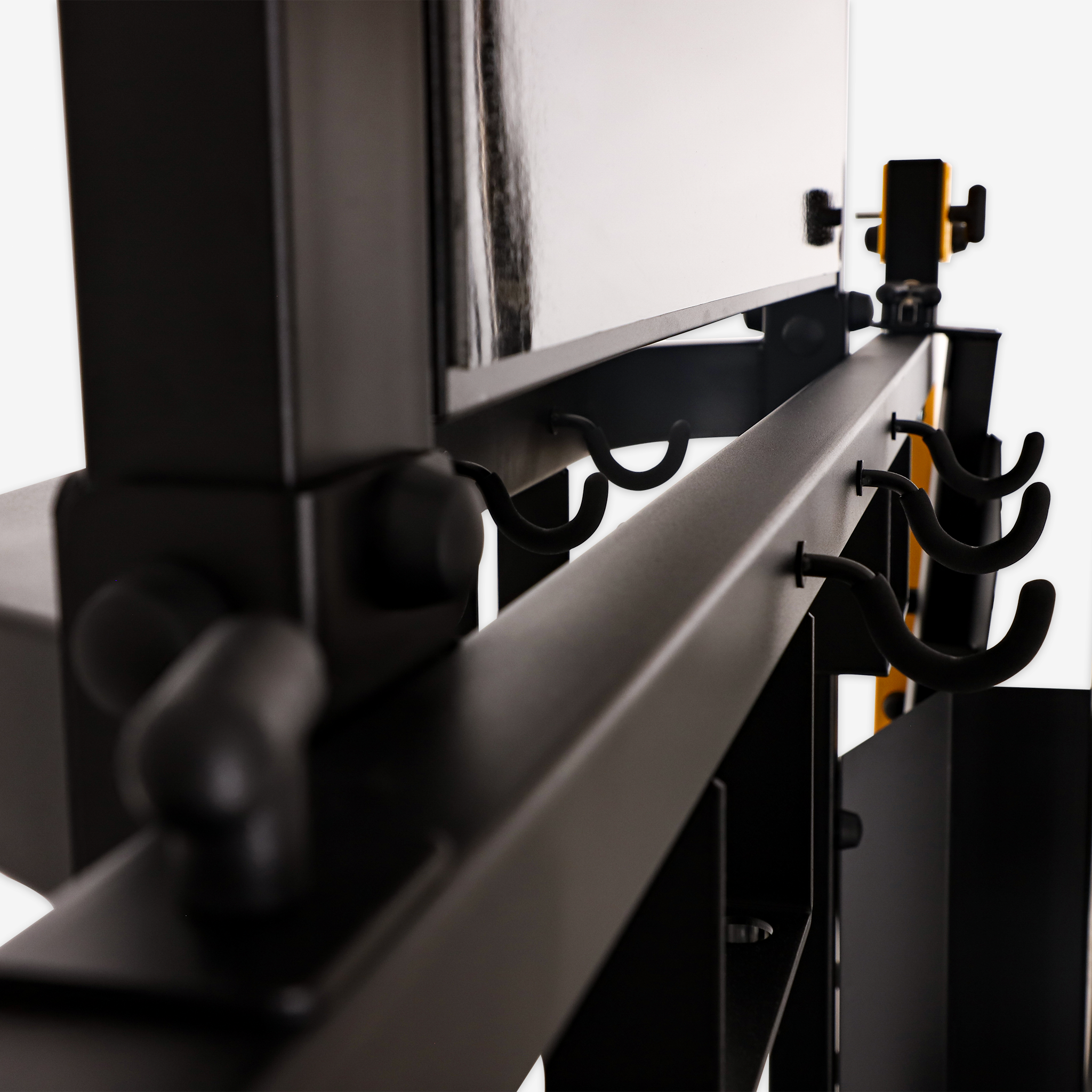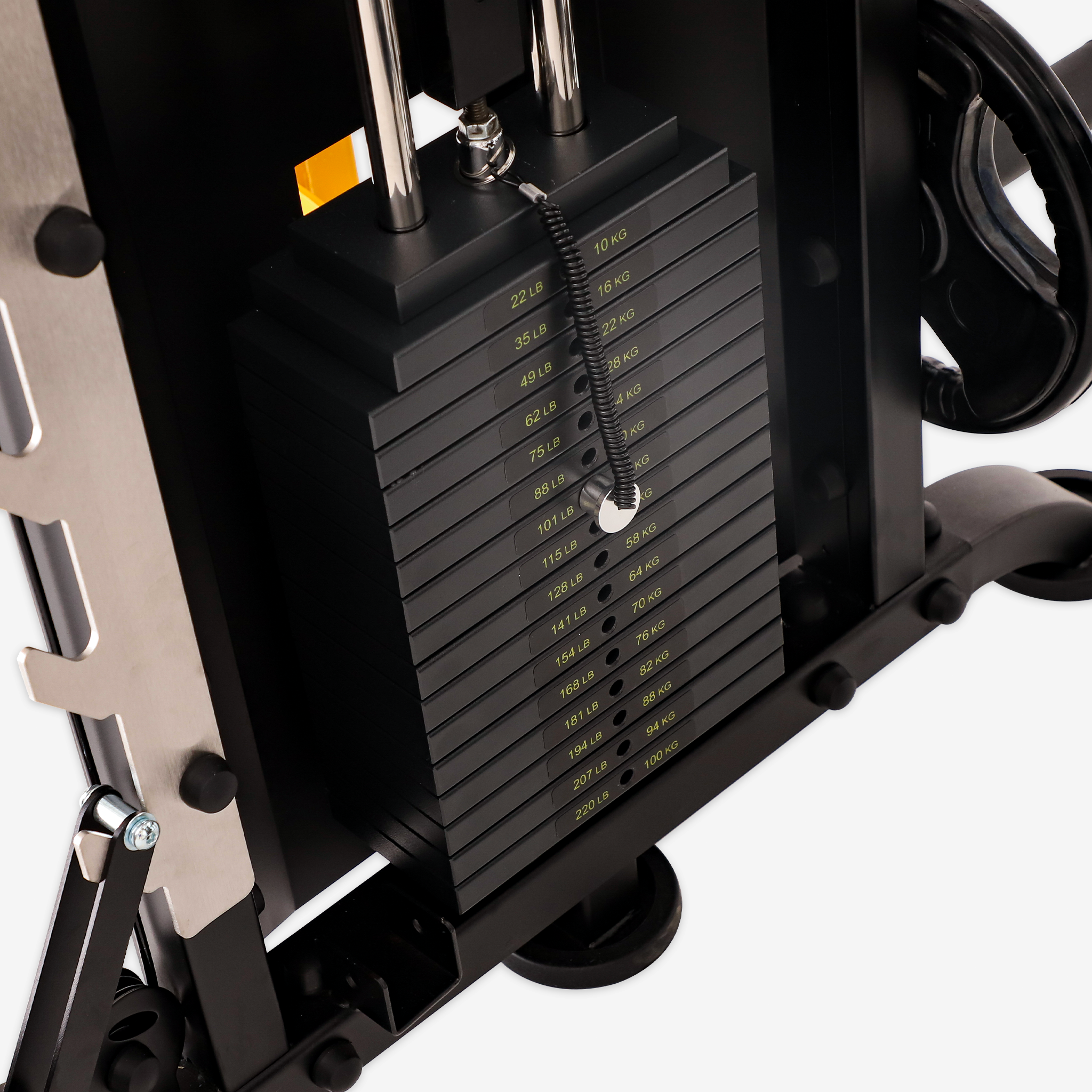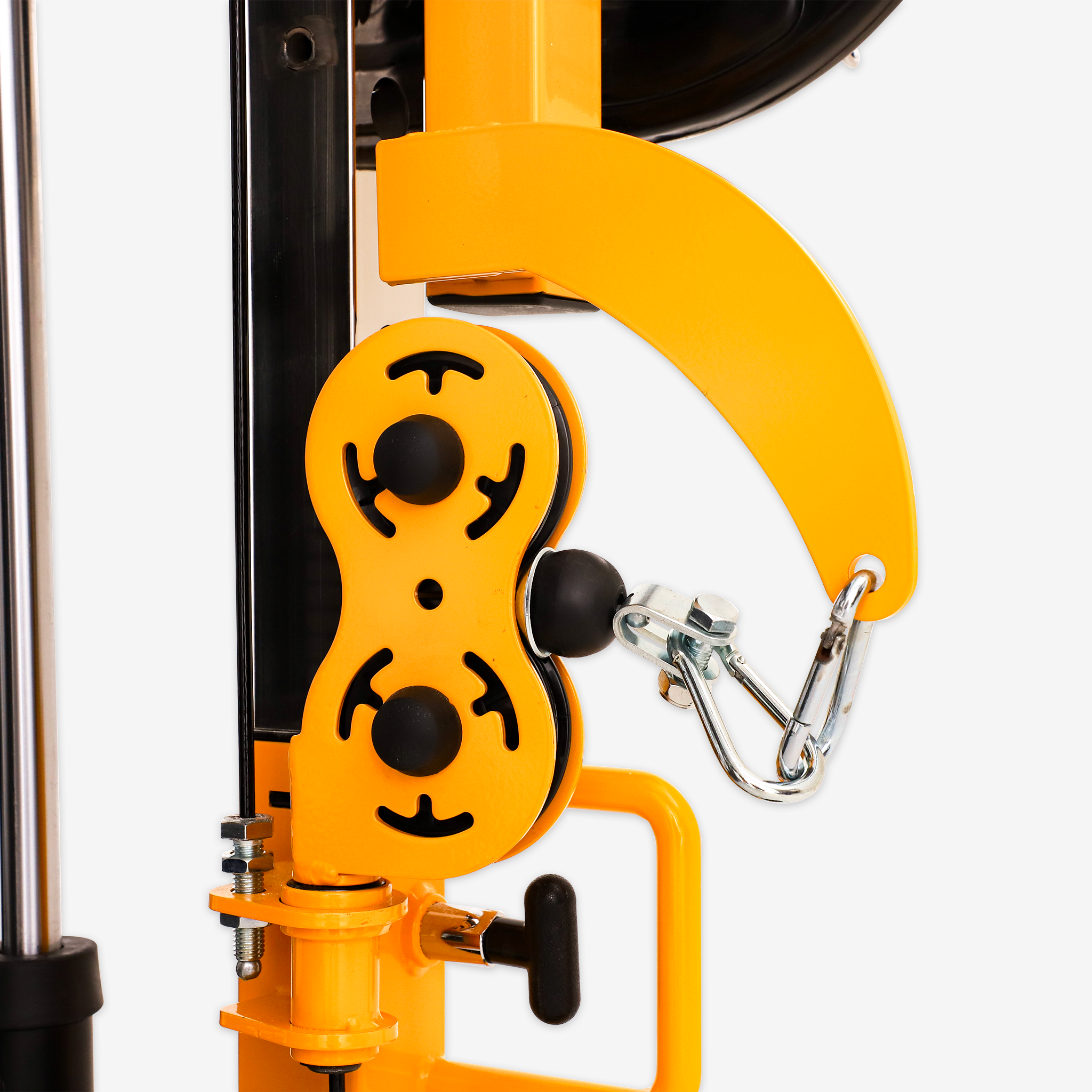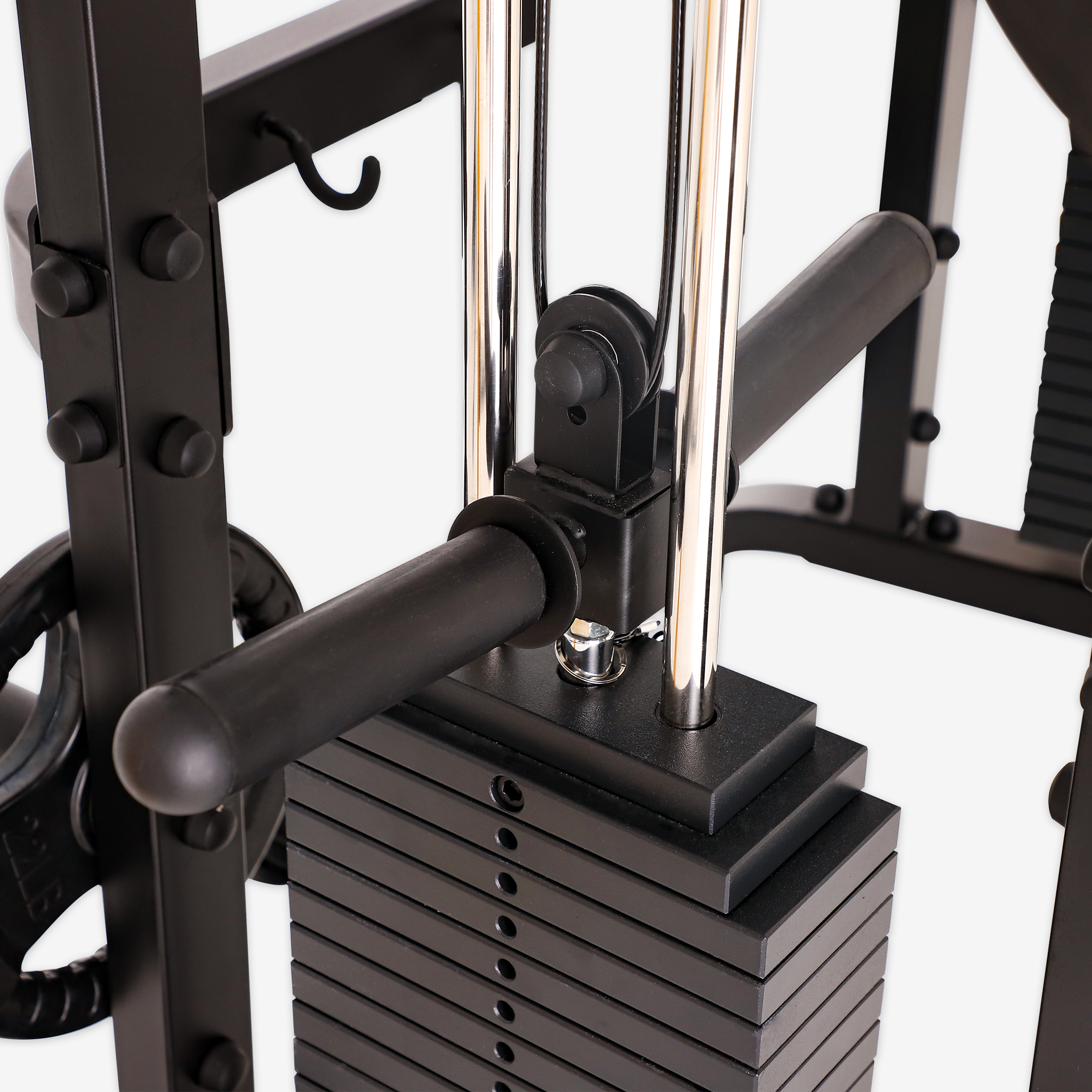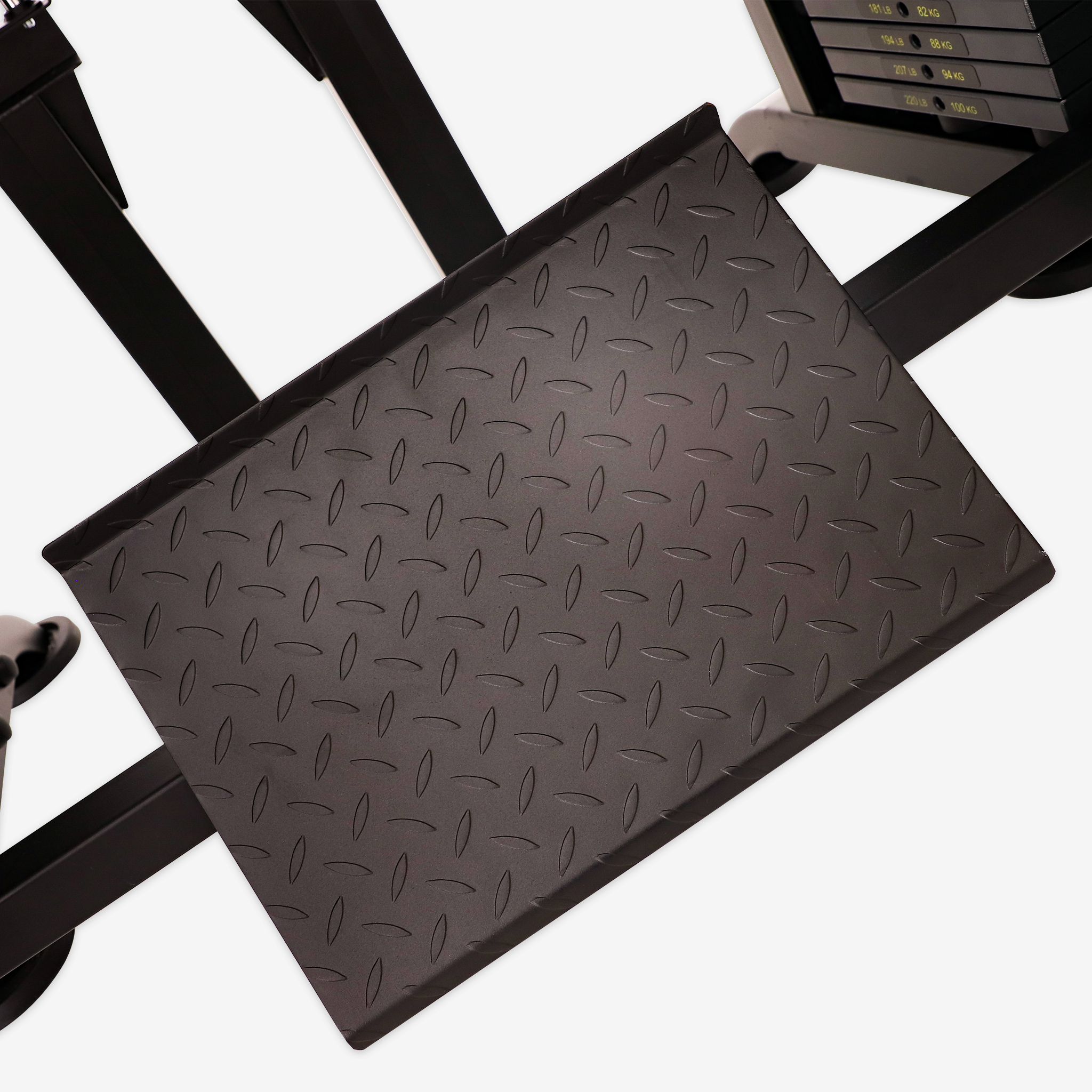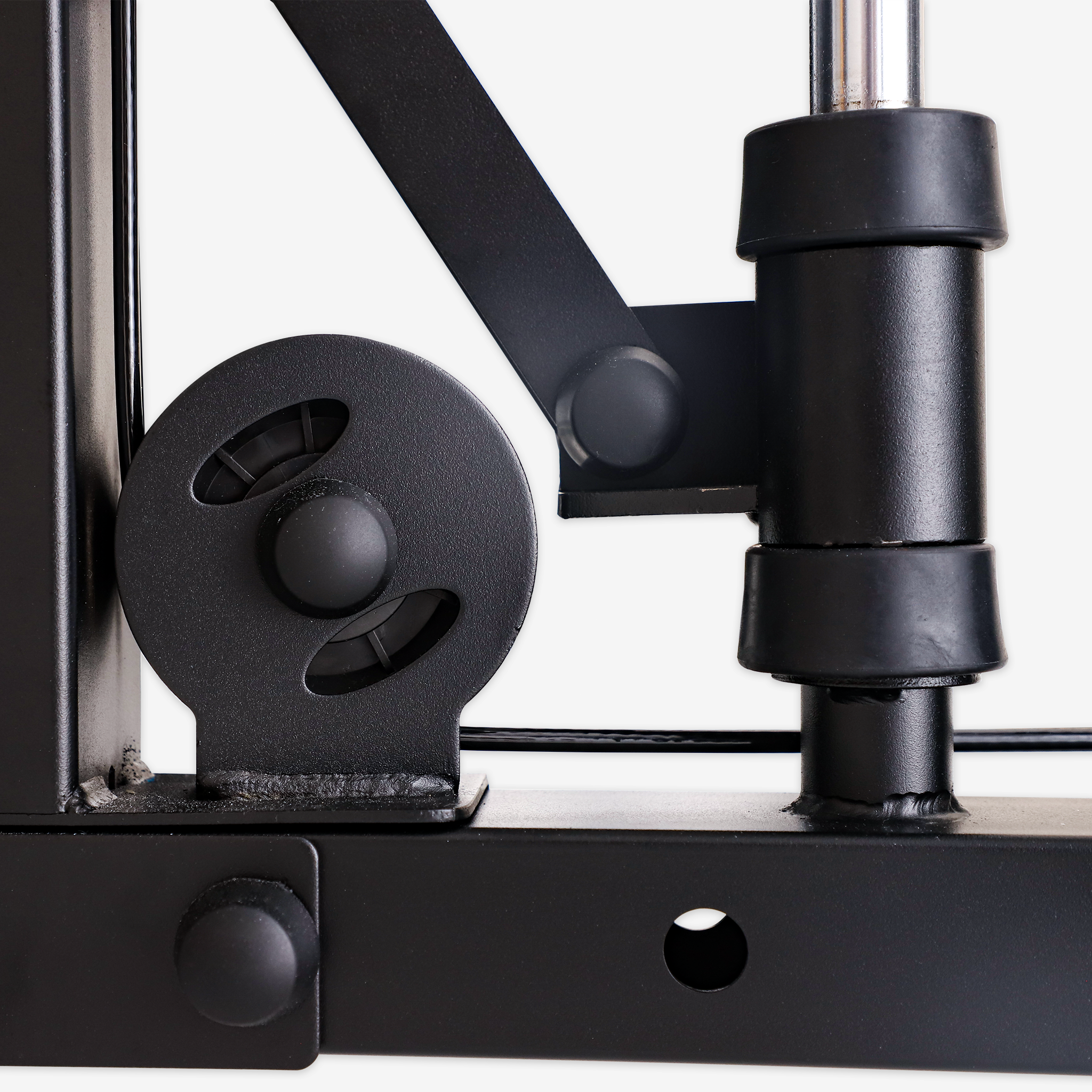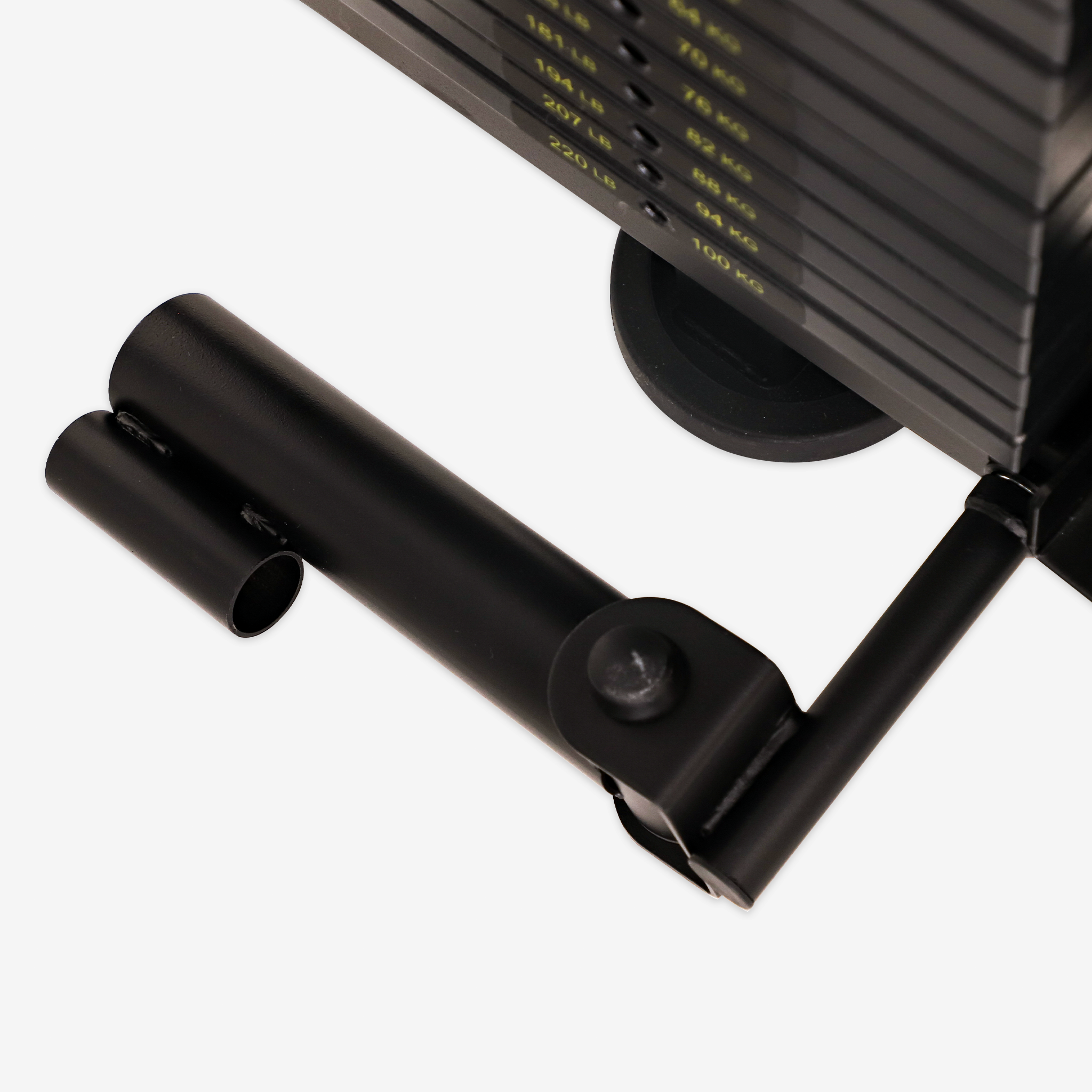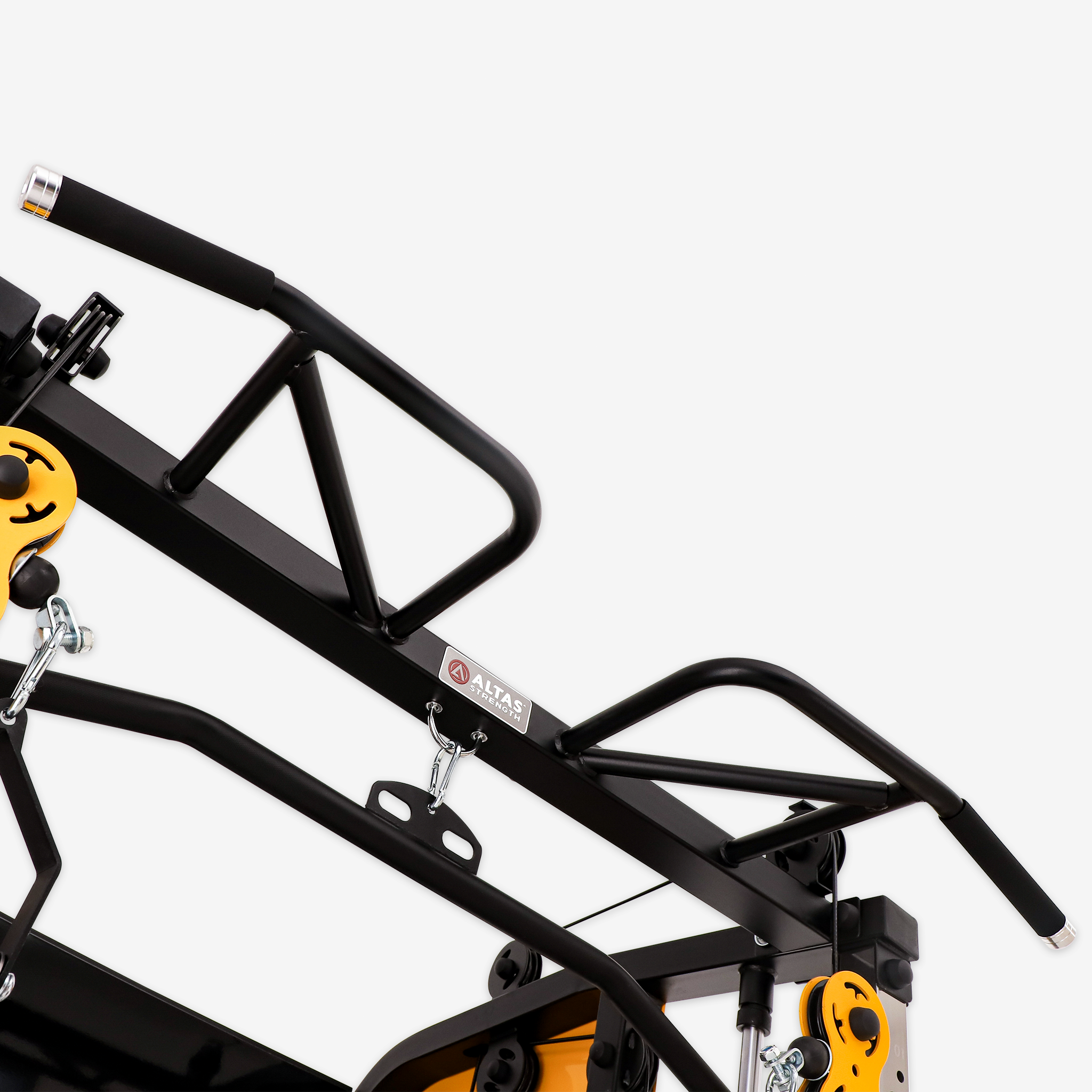In today’s fitness world, simplicity, functionality, and results matter more than ever. The pull-up training station has emerged as one of the most effective tools for building strength, improving posture, and achieving total-body fitness. Whether you're working out at home or in a gym, the pull-up station offers a compact, versatile solution for users of all fitness levels.
In this comprehensive guide, we’ll dive into everything you need to know about pull-up training stations—what they are, why they work, how to use them effectively, and why they’re a must-have for any serious fitness program.
I. What Is a Pull-Up Training Station?
A pull-up training station, also known as a pull-up tower or pull-up bar stand, is a piece of fitness equipment designed to support a variety of upper-body and core-strengthening exercises. These stations typically include:
-
Pull-up bars for standard and advanced variations
-
Dip handles for triceps and chest training
-
Resistance band anchors for assisted pull-ups
-
Footrests or stabilizers for enhanced safety
This multi-functional design allows users to perform exercises such as:
-
Overhand and underhand pull-ups
-
Chin-ups
-
Hanging leg raises
-
Kipping pull-ups
-
Scapular retractions
-
Resistance-assisted pull-ups
Its simplicity and effectiveness make it a foundational piece of equipment in both commercial and home gyms.
II. Benefits of Using a Pull-Up Training Station
1. Functional Strength Development
Pull-ups are a compound exercise that activates major muscle groups including:
-
Latissimus dorsi (upper back)
-
Biceps
-
Core muscles
-
Rotator cuff stabilizers
By engaging multiple joints and muscle groups at once, the pull-up station enhances your body’s ability to perform daily functional movements with power and control.
2. Improved Posture and Core Stability
Modern lifestyles often involve prolonged sitting, which can weaken your posterior chain and lead to poor posture. A consistent pull-up routine strengthens:
-
Back extensors
-
Scapular stabilizers
-
Abdominals
This helps realign your spine, reduce back and neck pain, and enhance your overall posture.
3. Adaptable for All Fitness Levels
The pull-up training station is incredibly scalable. Beginners can start with:
-
Resistance band-assisted pull-ups
-
Static hangs to build grip strength
-
Negative pull-ups to develop control
More advanced users can add difficulty with:
-
Weighted vests
-
L-sit pull-ups
-
Muscle-ups
This makes it ideal for progressive overload and long-term fitness growth.
4. Full-Body Conditioning and Fun
With consistent use, you can incorporate the pull-up station into circuits or HIIT-style workouts. Challenges such as “max pull-ups in 1 minute” or “AMRAP sets” (as many reps as possible) add a sense of fun and achievement.
III. Effective Pull-Up Training Methods
Beginner Phase: Build the Foundation
-
Dead Hangs: Simply hang from the bar to build grip strength.
-
Scapular Pulls: Engage your shoulder blades for better form.
-
Negative Pull-Ups: Jump to the top and slowly lower yourself.
-
Band-Assisted Pull-Ups: Use resistance bands to reduce load.
Start with 2–3 sets of 5–10 reps, focusing on form and control.
Intermediate Phase: Strength and Volume
-
Standard Pull-Ups: Use bodyweight with full range of motion.
-
Underhand Pull-Ups: Shift focus toward biceps and forearms.
-
Kipping Pull-Ups: Add dynamic momentum for conditioning.
-
Eccentric Reps: Slowly lower your body over 3–5 seconds.
Aim for 3–4 sets of 8–12 reps to build strength and endurance.
Advanced Phase: Power and Skill
-
L-Sit Pull-Ups: Activate your core during the entire movement.
-
Clapping Pull-Ups: Add explosive power.
-
Weighted Pull-Ups: Increase intensity with added weight.
-
Muscle-Ups: Combine pull-ups with a push over the bar.
Focus on explosive power and mobility. Train 2–3 times weekly to avoid overtraining.
IV. Who Should Use a Pull-Up Training Station?
1. Fitness Beginners
Perfect for those starting their fitness journey. Use bands, scaffolding methods, or simply hang to build the foundation.
2. Students and Athletes
Improves pull-up scores on physical tests while also building athletic power, grip, and coordination.
3. Home Gym Users
Compact, durable, and versatile—ideal for tight spaces and personalized workouts.
4. Older Adults
Supports posture, balance, and upper-body strength without high-impact stress.
V. Expert Tips for Getting the Most Out of Your Pull-Up Station
-
Warm Up Properly: Engage your shoulders and core before starting.
-
Use Full Range of Motion: Avoid partial reps—go all the way down and up.
-
Avoid Swinging: Focus on controlled movement for maximum benefit.
-
Track Progress: Set goals like “5 strict pull-ups in 4 weeks.”
-
Mix It Up: Vary grips (wide, narrow, neutral) to prevent plateaus.
-
Recover: Pull-ups are demanding—ensure proper rest and nutrition.
VI. Why Choose a Pull-Up Station from Altas Strength?
At AltasStrength.ca, we offer premium-quality fitness equipment built for Canadian standards. Our pull-up stations are:
-
Sturdy and Commercial-Grade
-
Versatile for Full-Body Training
-
Perfect for Home or Studio Use
-
Designed for All Fitness Levels
Whether you’re a beginner building strength or an advanced athlete seeking power and performance, our stations provide the support and durability you need to achieve lasting results.
VII. Conclusion
The pull-up training station is more than a piece of equipment—it’s a gateway to a stronger, healthier lifestyle. With the right approach, it can help you improve posture, enhance core strength, and build impressive upper-body muscle, all while offering a fun and rewarding challenge.
No matter your age, experience, or goals, investing in a high-quality pull-up station and committing to a consistent, progressive training plan will pay off in strength, confidence, and long-term health.
Ready to upgrade your training?
Explore pull-up stations and more at AltasStrength.ca and take the first pull toward your fitness transformation.

